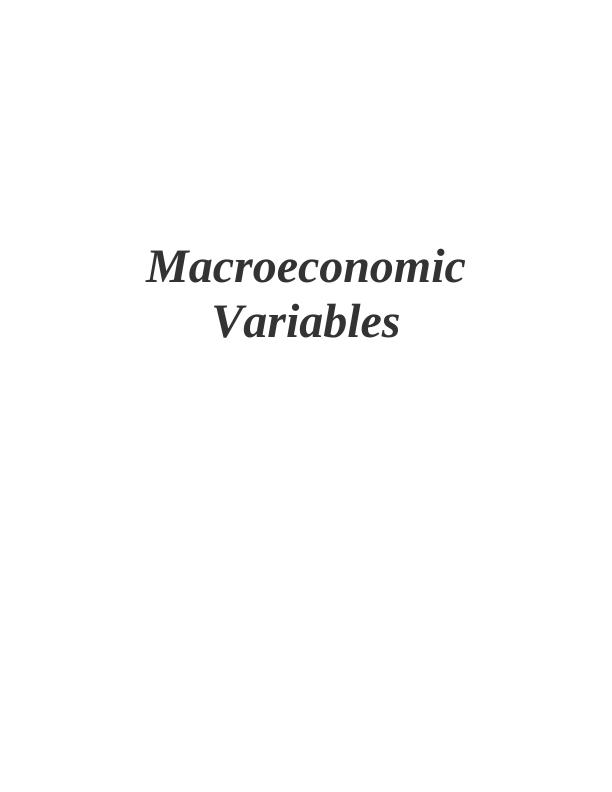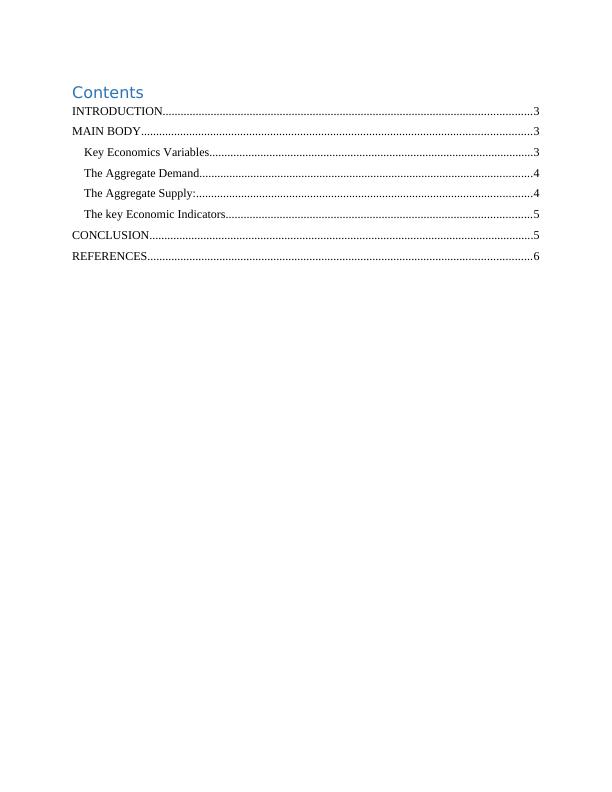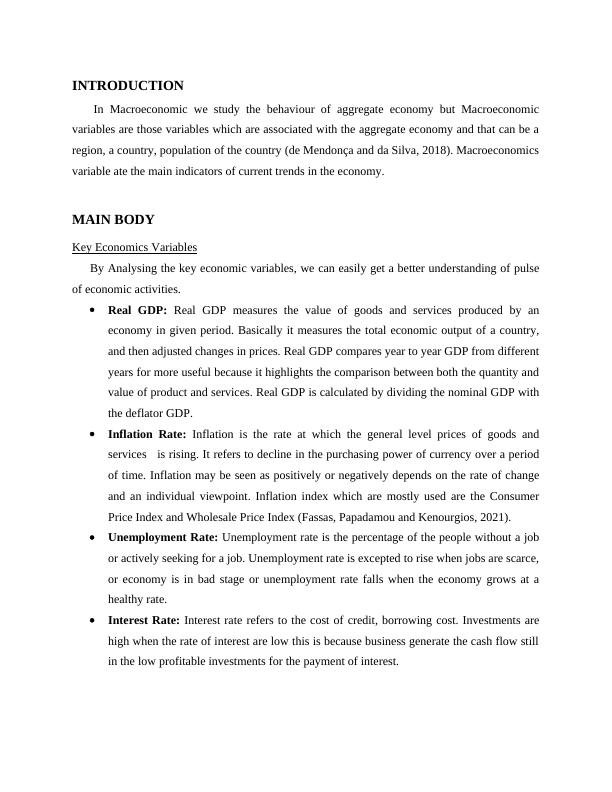Macroeconomic Variables: Key Indicators, Aggregate Demand and Supply
Added on 2023-06-08
6 Pages801 Words331 Views
End of preview
Want to access all the pages? Upload your documents or become a member.
Global Macroeconomic Policy: Examining Policy Responses to Rising Oil Prices and Booming Stock Markets
|9
|2563
|112
Macroeconomics: Inflation and Unemployment Analysis
|9
|2524
|82
Principles and Applications of Macroeconomics ECO 4012
|11
|3622
|120
Macroeconomics
|7
|1058
|63
Macro Economics Group Project
|26
|3666
|327
Macroeconomic Gauges: GDP, Inflation, and Unemployment in the UK Economy
|8
|1642
|163



